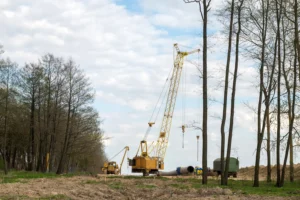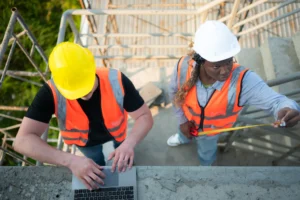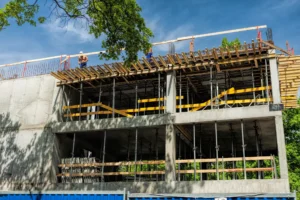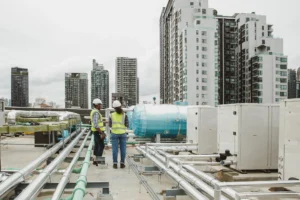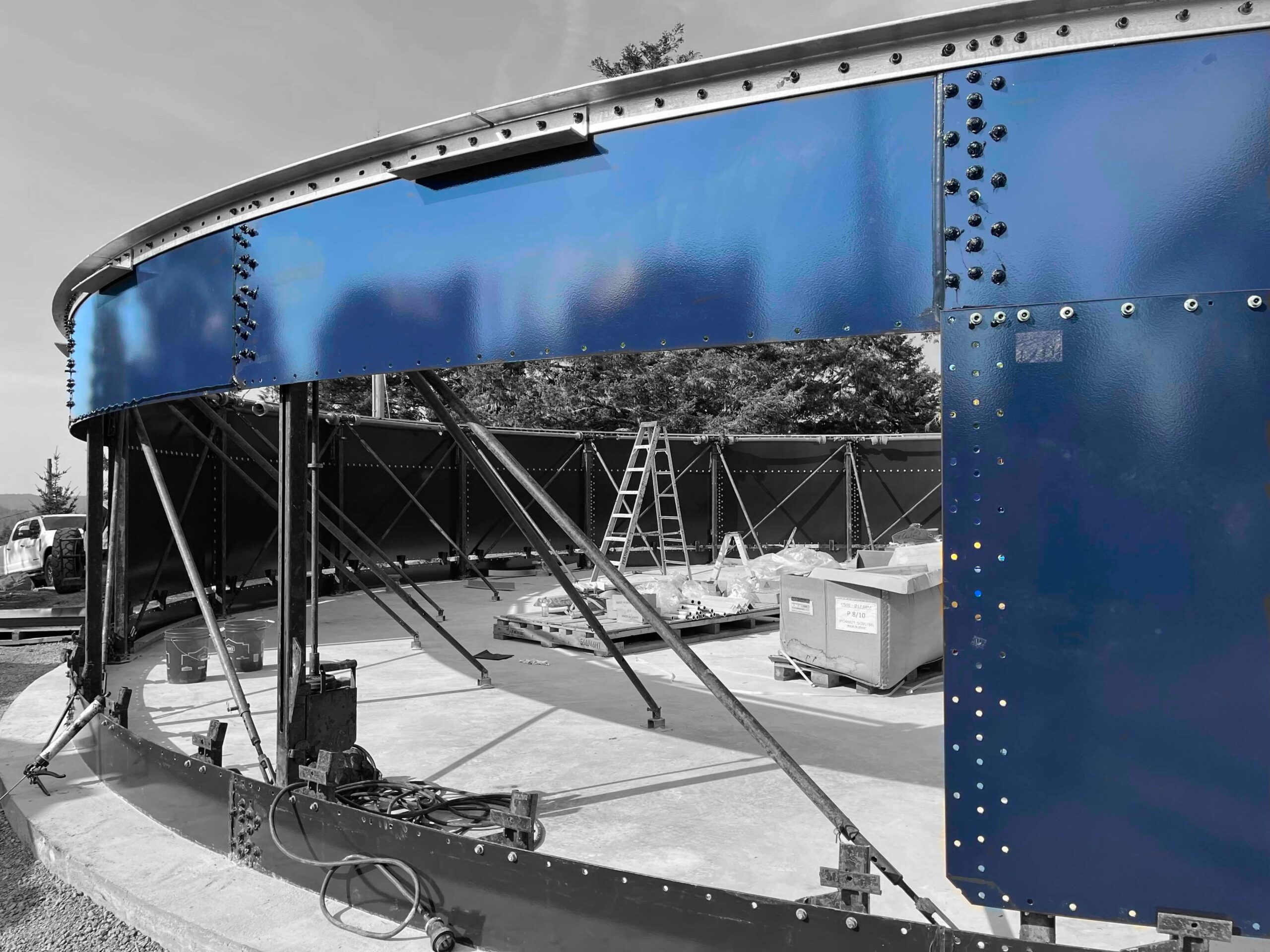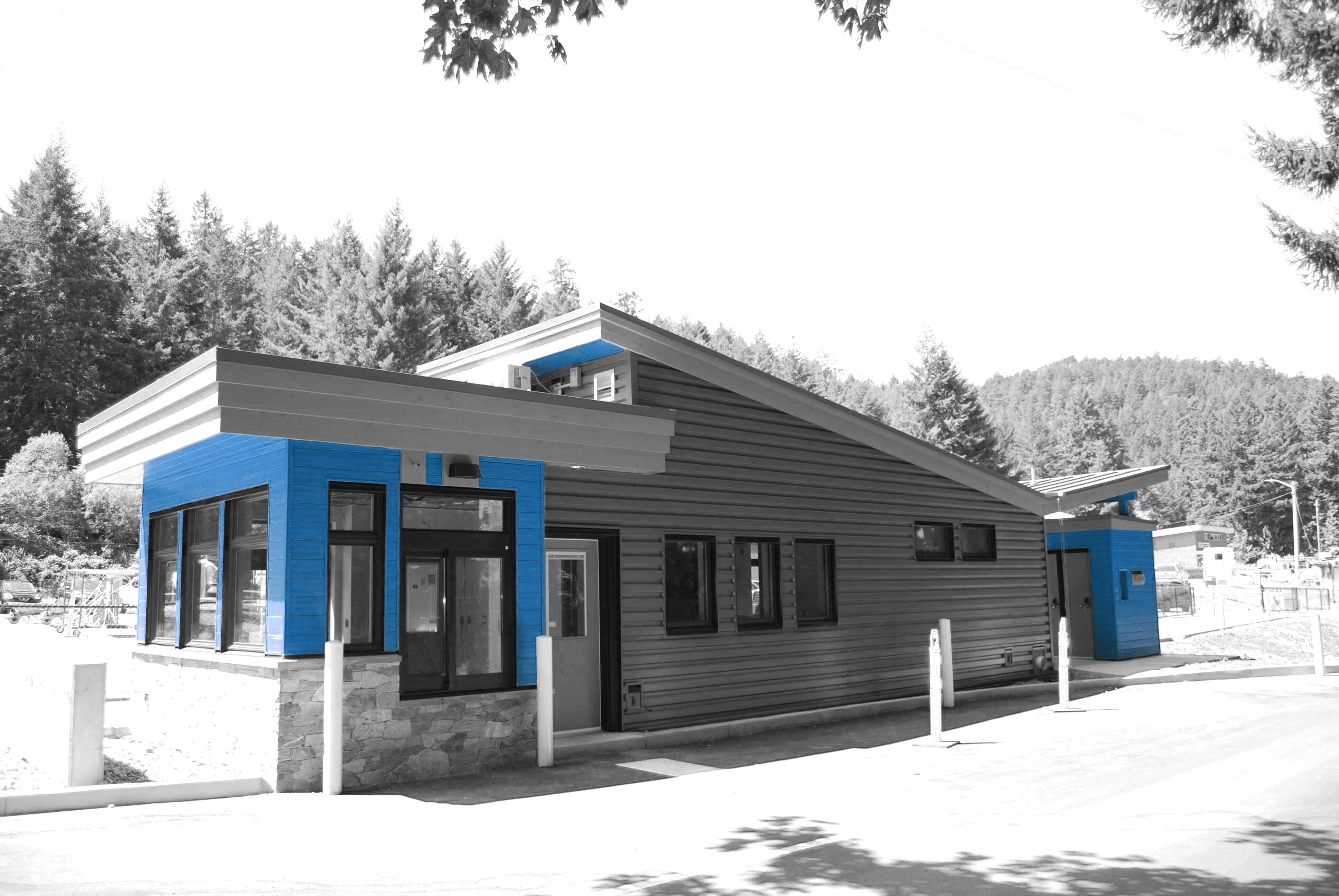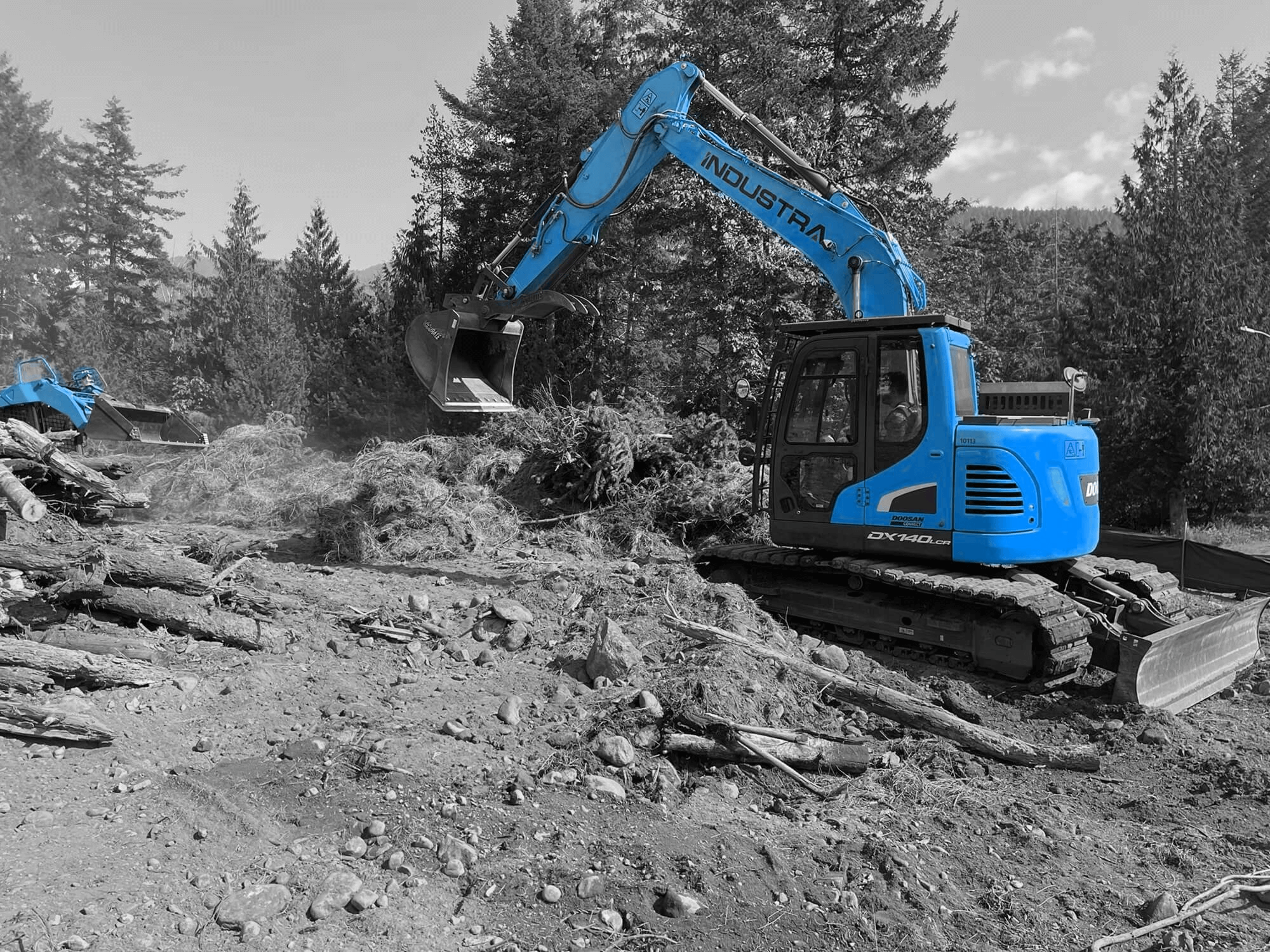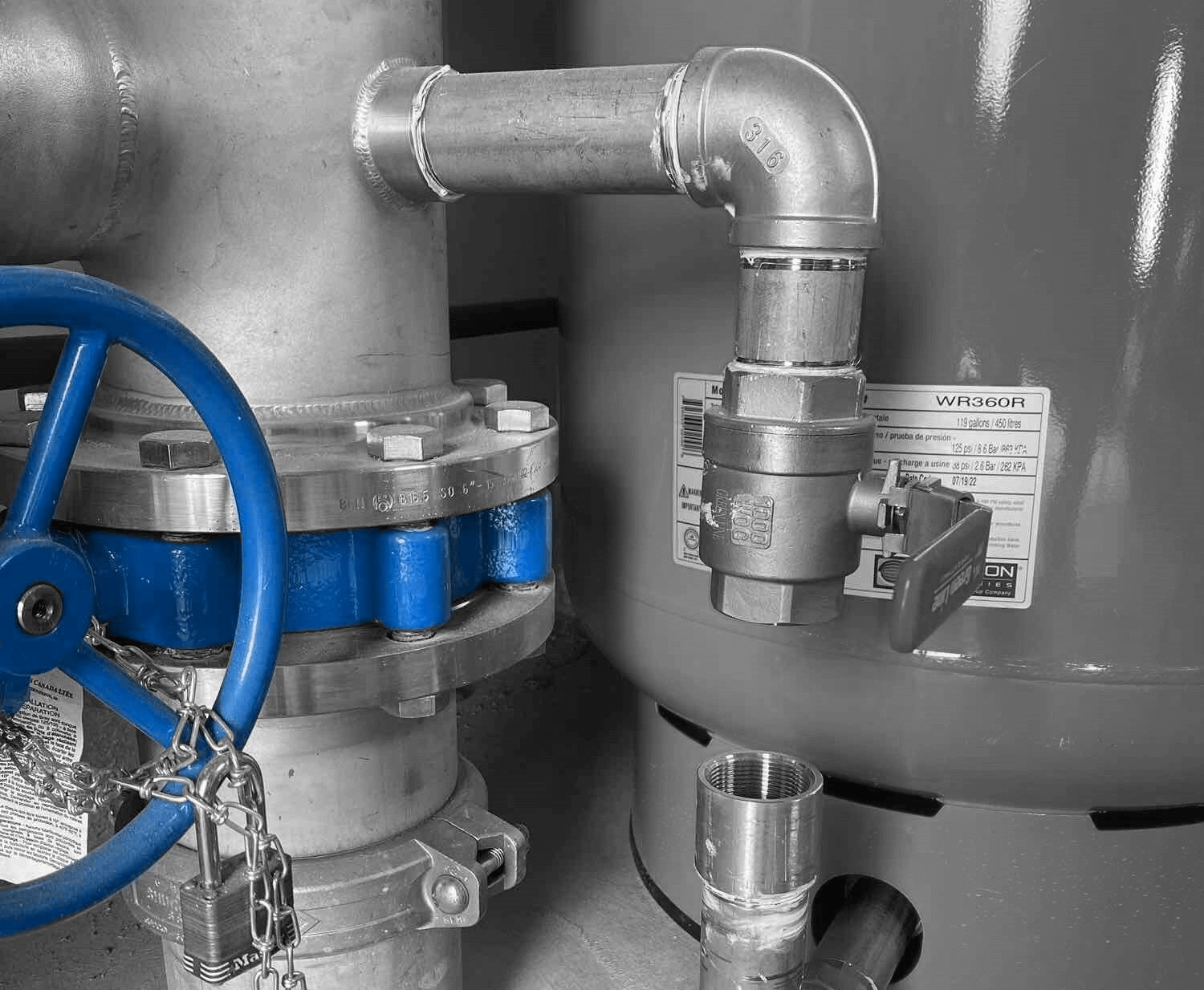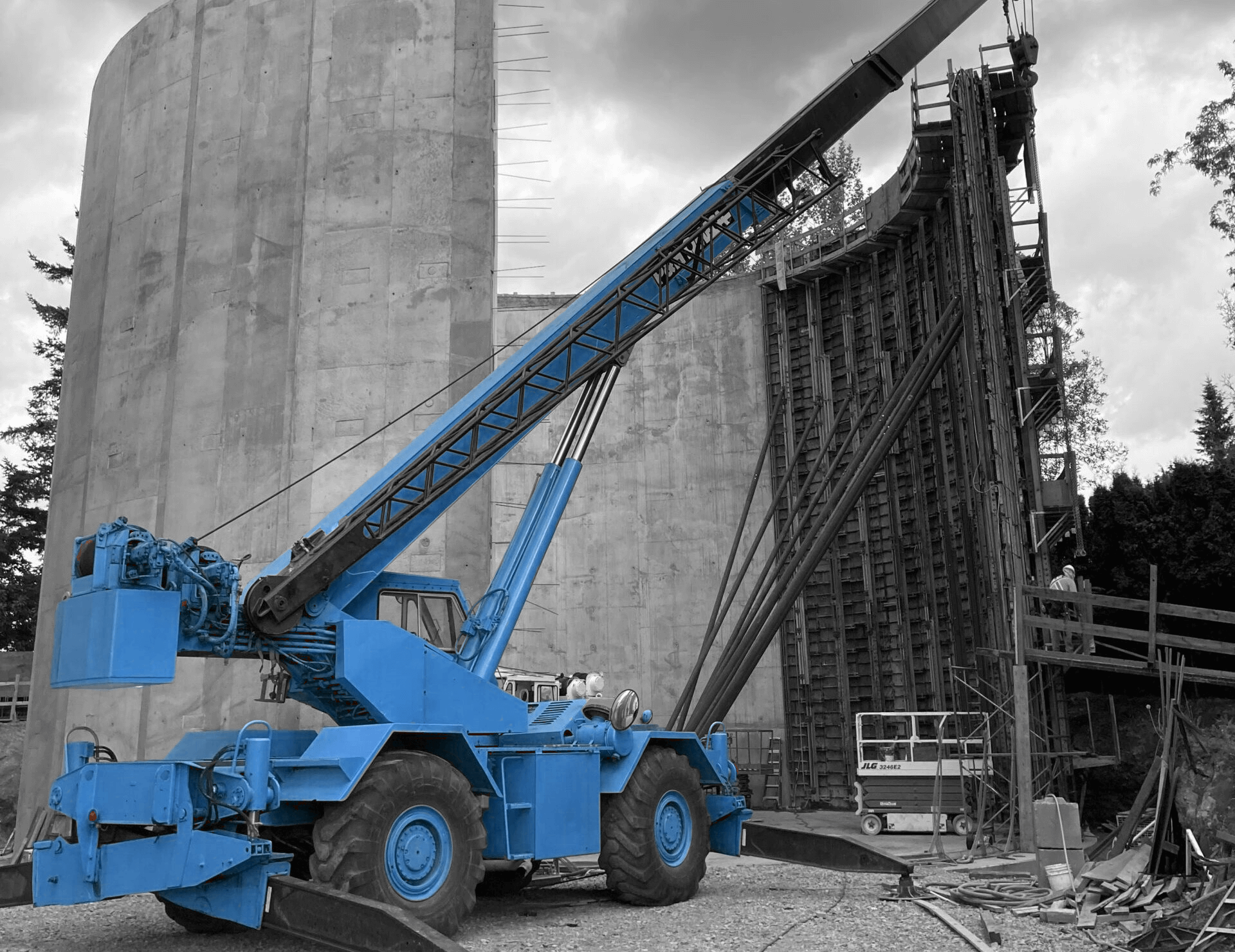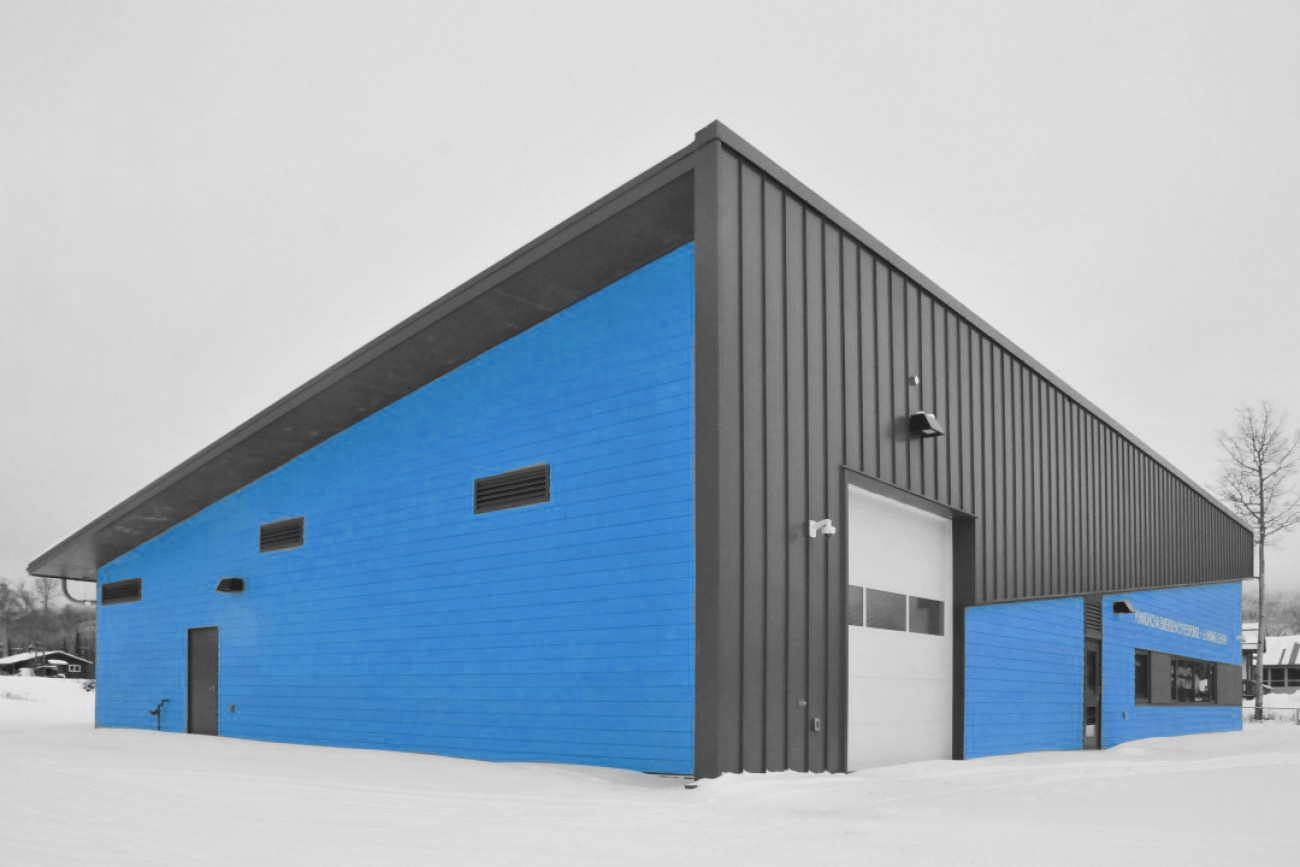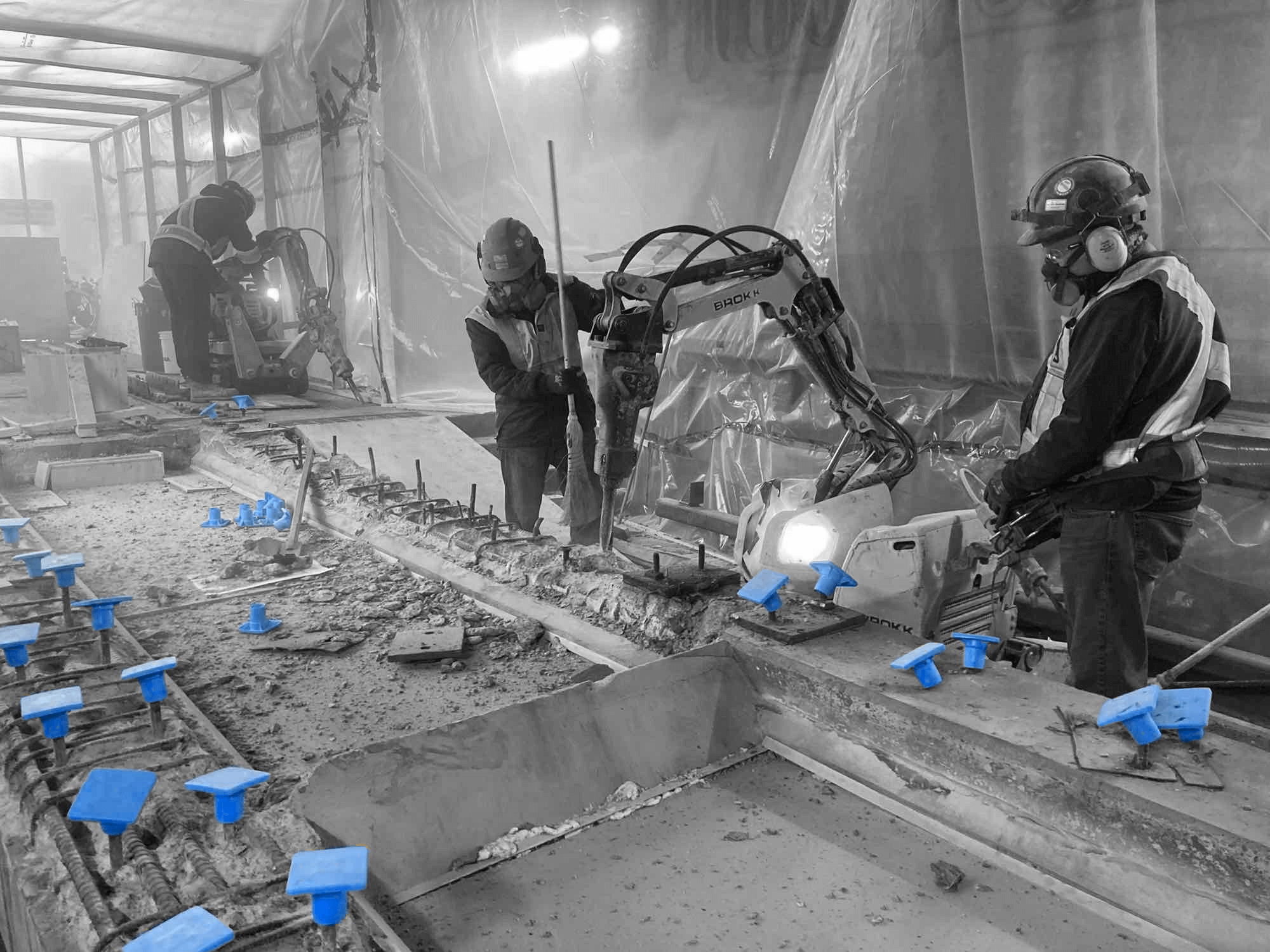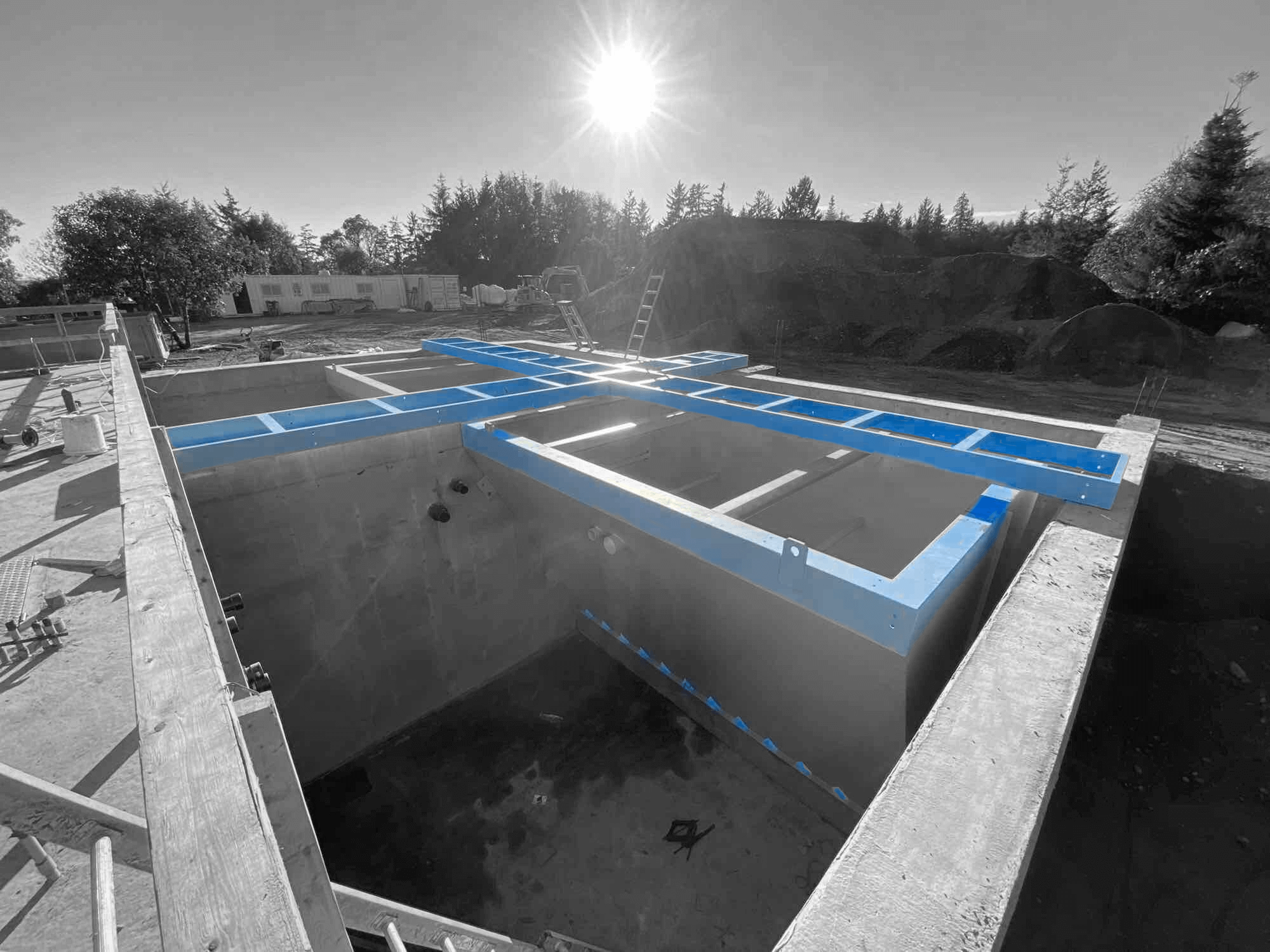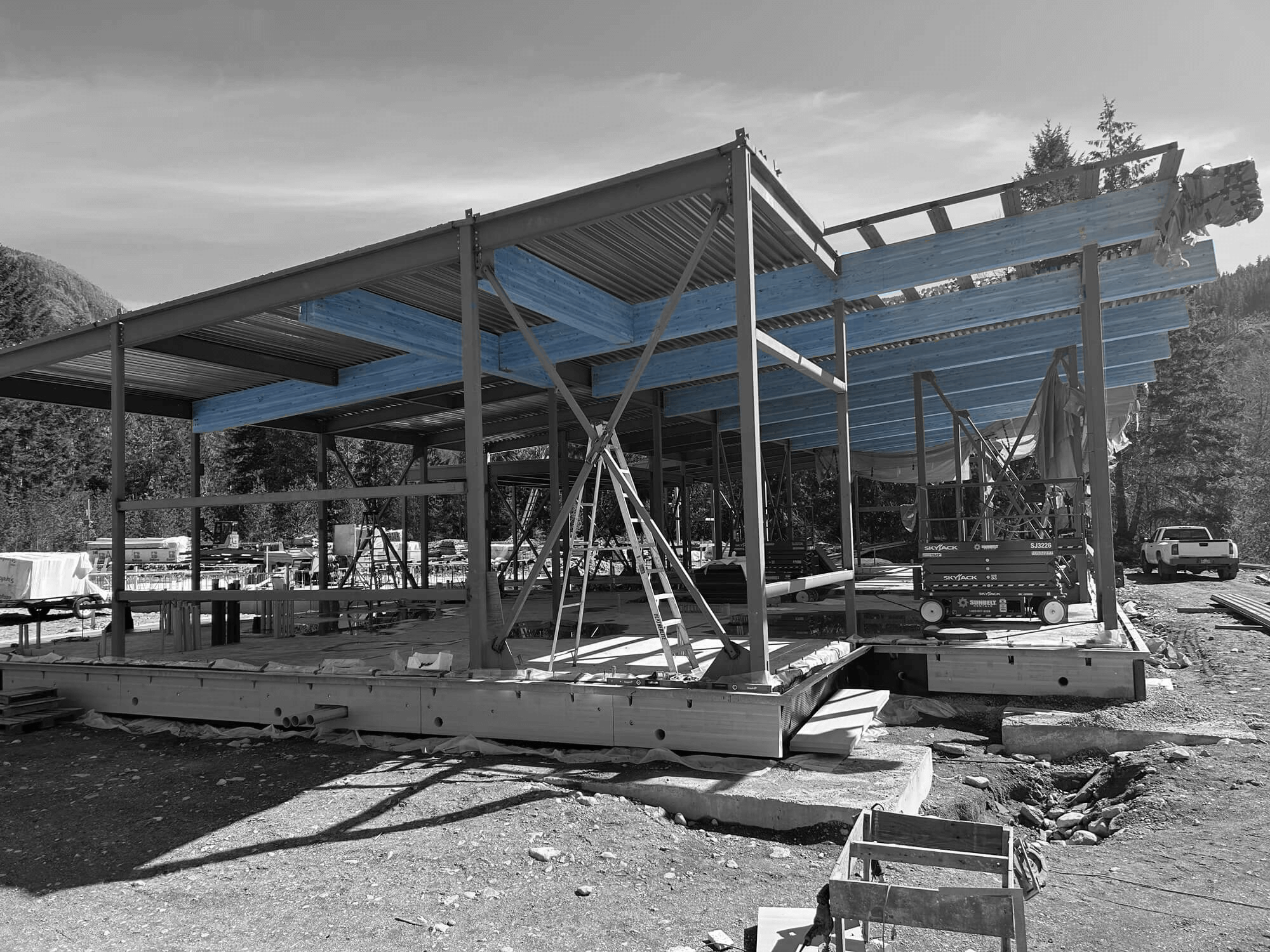Our shorelines play a crucial role in protecting inland areas from the relentless forces of the sea. Rising sea levels, increased storm activity, and human intervention have all taken their toll on these natural barriers. This is where marine construction steps in to help. By building structures like seawalls, breakwaters, and groynes, we can shield our shores from erosion and damage.
Marine construction is not just about putting up barriers. It’s an intricate process that requires specialized knowledge and skills. Engineers must consider the unique challenges posed by the marine environment. Salty water, strong currents, and fluctuating tides can all impact the durability of these structures. Successful marine construction projects need detailed planning and innovative techniques.
Beyond protecting property and land, marine construction also aims to preserve the environment. Sustainable practices are at the heart of modern marine projects. This ensures that while we protect our shores, we don’t harm the ecosystems that thrive in these coastal areas. As we delve deeper into this topic, we will explore the significance, methods, and evolving trends in marine construction. Together, we can understand how to protect our shores for future generations.
The Importance of Marine Construction for Shoreline Protection
Marine construction is vital for protecting our shorelines. Shorelines act as the first line of defence against natural forces such as waves, tides, and storms. When these forces are strong, they can erode the land, causing loss of property and habitat. This is why building protective structures is crucial.
One key reason for marine construction is to prevent coastal erosion. Erosion can slowly eat away at the shoreline, posing risks to houses, roads, and other infrastructure. Seawalls and breakwaters are commonly used to tackle this issue. These structures absorb wave energy, reducing the impact on the shore. This not only preserves land but also safeguards human lives and properties.
Another important aspect is flood control. Rising sea levels and frequent storms can cause devastating floods. By constructing barriers like levees and dykes, we can control the flow of water and protect inland areas. These constructions help manage water levels and prevent floodwaters from inundating homes and businesses.
Marine construction also promotes ecological balance. For example, artificial reefs and wetlands can enhance marine biodiversity by providing new habitats. These projects ensure that while we protect our shores, we also support the natural ecosystems. Marine construction, thus, plays a dual role in protecting both human and environmental interests.
Key Techniques in Marine Construction
Several techniques are employed in marine construction to ensure the effectiveness and longevity of structures. The methods used vary based on the project requirements and environmental conditions. Let’s look at some of the most common techniques.
1. Seawalls: Seawalls are strong, vertical structures built parallel to the shore. They act like barriers, blocking waves and preventing land erosion. Seawalls are usually made of concrete, steel, or large stones, designed to last for many years.
2. Breakwaters: Breakwaters are structures placed offshore to break the force of incoming waves. By reducing wave energy, they protect the shore from erosion and provide calm waters for harbours. Breakwaters can be floating or fixed, depending on the project needs.
3. Groynes: Groynes are long, narrow structures built perpendicular to the coastline. They trap sand moving along the shore due to wave action, helping to build up beaches. This technique is vital for maintaining beach width and protecting the land behind it.
4. Revetments: Revetments are sloping structures placed on shores to absorb and dissipate wave energy. Made from rocks, concrete slabs, or geotextiles, revetments reduce erosion by stabilizing the shoreline. They are simpler and less expensive than seawalls but still effective in many situations.
5. Dredging: Dredging involves removing sediment from the bottom of water bodies to deepen channels and harbours. It’s crucial for maintaining navigable waterways and preventing flooding. The dredged material can also be used to replenish eroding beaches.
Using these techniques ensures that marine construction projects are robust and efficient, meeting their intended goals of protection and sustainability. Each method has its unique benefits and is chosen based on specific project needs and environmental conditions.
Environmental Considerations in Marine Construction Projects
When undertaking marine construction projects, protecting the environment is a top priority. The sea and coastal areas are home to diverse ecosystems that we must preserve. Here are some key ways we ensure environmental protection.
1. Minimizing Disruption to Habitats: Construction activities can disturb marine life. To minimize harm, we carefully plan and execute our projects. This includes avoiding breeding seasons and selecting locations that have the least impact on habitats. We also construct artificial reefs and habitats to compensate for any disruptions.
2. Using Sustainable Materials: Choosing eco-friendly materials helps reduce the environmental footprint of marine construction. Materials that resist corrosion and require less maintenance over time are preferred. Additionally, we incorporate recycled materials wherever possible.
3. Erosion and Sediment Control: Erosion and sedimentation can damage underwater ecosystems. To control these issues, we use barriers like silt curtains and deploy sediment traps. These measures prevent loose soil and construction debris from spreading into the water, protecting marine flora and fauna.
4. Pollution Prevention: Construction sites can produce pollutants like oil, chemicals, and debris. Implementing strict waste management protocols is crucial. This includes proper storage and disposal of hazardous materials, as well as cleaning up after construction activities.
5. Monitoring and Mitigation: Continuous monitoring during and after construction helps identify any unforeseen environmental impacts. If issues arise, we take corrective actions promptly to mitigate damage. This ensures that our projects remain sustainable and environmentally friendly.
Future Trends in Marine Construction
Marine construction is always evolving. New technologies and methods are making projects more efficient and environmentally friendly. Here are some trends to watch.
1. Green Building Techniques: Green building is gaining traction in marine construction. This includes using renewable energy sources, like solar and wind, to power construction sites. Materials with a lower carbon footprint are also being used more frequently. These practices help make marine construction more sustainable.
2. Advanced Materials: New materials are being developed to withstand harsh marine conditions. Innovations like self-healing concrete and eco-friendly composites are increasing the durability and sustainability of marine structures. These materials require less maintenance and have longer lifespans.
3. Automation and Robotics: The use of automation and robotics is revolutionizing marine construction. Robots can perform tasks underwater with precision, reducing the risk for human divers. Drones are being used for site surveys and inspections, providing accurate and timely data.
4. Digital Twin Technology: Digital twins are virtual replicas of physical structures. They allow engineers to simulate and test different scenarios before actual construction begins. This technology helps identify potential issues early, saving time and resources.
5. Focus on Resilience: Climate change is affecting sea levels and weather patterns. New marine projects focus on resilience, designing structures that can withstand extreme weather and rising waters. This includes flexible and adaptable designs that can be upgraded as conditions change.
Future trends in marine construction aim to make projects more sustainable, efficient, and resilient. By embracing these innovations, we can better protect our shores and marine environments.
Conclusion
Marine construction plays a crucial role in protecting our shorelines and promoting sustainability. From building strong defences against erosion to using eco-friendly techniques, every step in this field is vital. Modern methods and materials ensure that marine projects are efficient and durable while minimizing their environmental impact. As we look to the future, green building techniques, advanced materials, automation, and resilience to climate change will shape the industry.
Working together, we can safeguard our shores for future generations while respecting the delicate balance of marine ecosystems. If you are interested in learning more about how Industra Construction Corp. tackles marine construction projects with innovation and care, get in touch with us today. Let’s build a better, more sustainable future for our coastlines.




